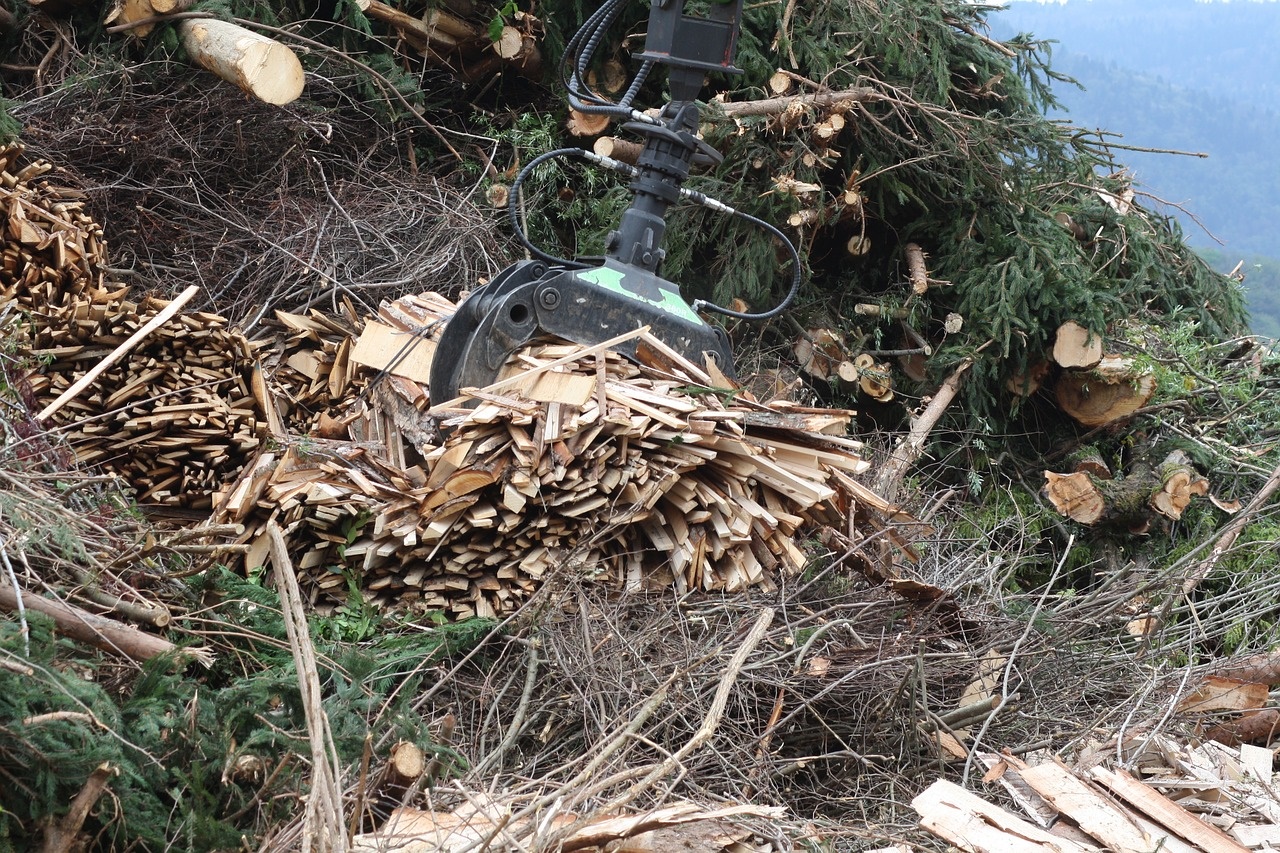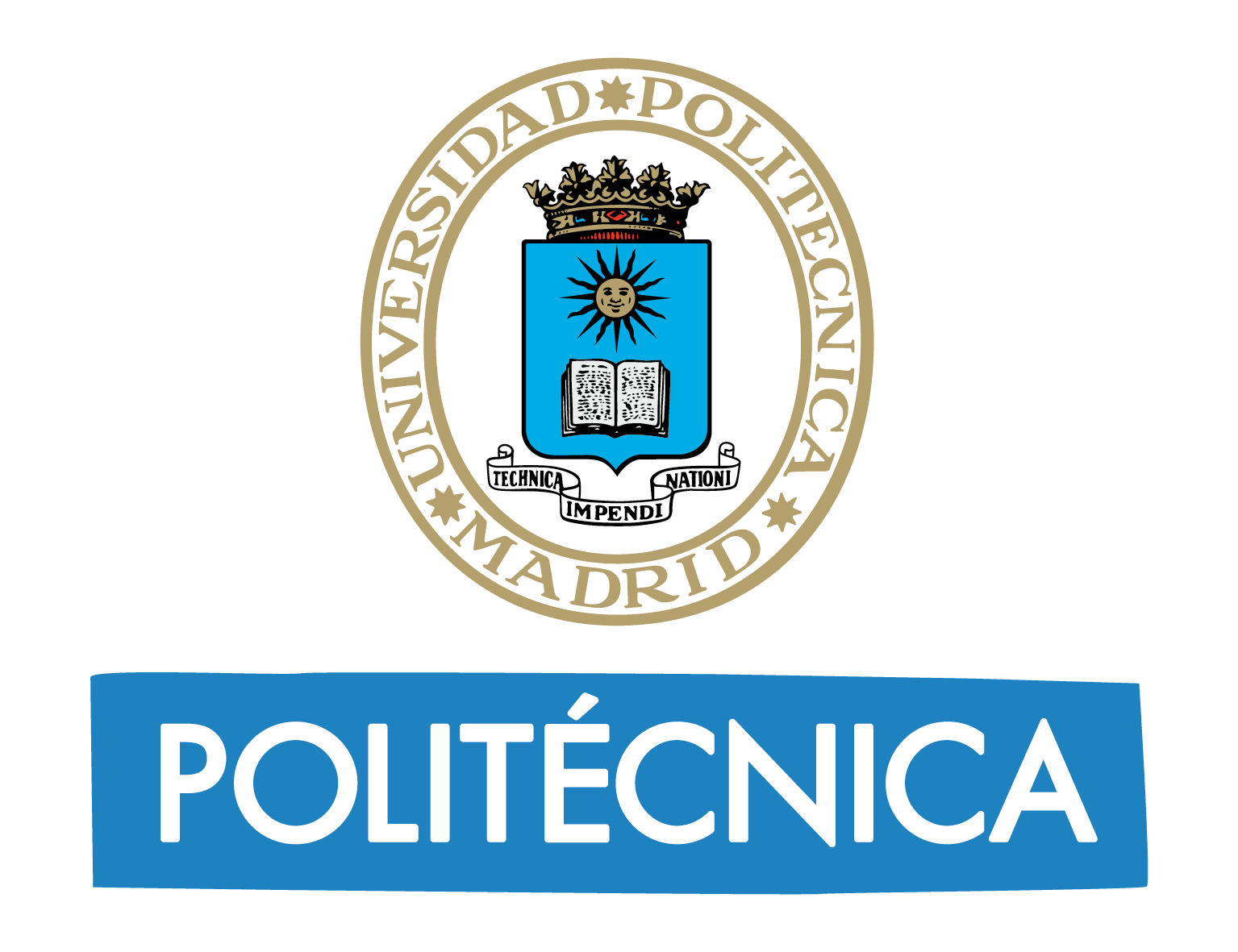Methodology to plan the optimal location of biomass plants
Researchers from Universidad Politécnica de Madrid (UPM) suggest an innovative model to find the optimal location for biomass plants and that is respectful to the environment and ensuring long-term sustainability.
The selection of the location of a biomass plant is a critical issue because the organic material is geographically dispersed. Two researchers from the School of Industrial Design and Engineering at UPM have developed a methodology to determine the optimal location of biomass plants. After its application in a case study, researchers highlight that numerous factors influence the selection of an optimal location for this type of industry, in addition, the decision making can be a complex process without a suitable tool.
Among the different factors to study, the consideration of the proximity to the biomass production zone and the transport costs are essential.

Credit: pxhere
The use of biomass is among the strategies of the European Union to promote renewable energies. A suitable management of the use of vegetal materials from agrarian activities requires establishing a sustainable location of biomass plants that allow us to solve the problem of great geographical and spatial dispersion of this material.
In this context, two members of the research group of Buildings, Infrastructures and Projects for Rural and Environmental Engineering (BIPREE) started a project that aims to establish a methodology based on the use of geographic information systems combined with techniques of multi-criteria decision analysis (GIS-MCDA) that allows researchers to combine different criteria and relevant information to achieve a solution, in this case, a sustainable location of a biomass plant.
The methodology proposed by Dr. Jin Su Jeong, from the research programme Juan de la Cierva, and Dr. Álvaro Ramírez Gómez, a professor at UPM, also applied the model of Fuzzy Decision Making Trial and Evaluation Laboratory (DEMATEL) to identify and prioritize the factors that influence the decision making of the problem.

Final suitability map of the F-DEMATEL/GIS-MCDA evaluation of optimized locations for biomass plants in the case study region
This methodology was used to establish the most suitable location in terms of long-term sustainability of a biomass plant in the region of Valle del Ambroz in Cáceres (Extremadura). The criteria used in this study are divided into three categories: environmental criteria (vegetation cover, agricultural area, ecological conditions and hydrology), geophysical criteria (geomorphology, orientation, geology and soil and visibility) and socio-economic criteria (transport cost, potential demand, economic area and site access).
Researchers said, “after applying this methodology, results shown that from all the surface of the region of the study, just a 9% of the area met the requirements needed for a sustainable location of a biomass plant. This analysis also suggests that the most influential criteria for decision making are: vegetal cover, agricultural area, transport cost and potential demand”.
The methodology proposed can be extrapolated to other studies of validation of locations in which several criteria are taken into account in the decision-making processes.
Jin Su Jeong and Álvaro Ramírez-Gómez (2018) Optimizing the location of a biomass plant with a fuzzy-Decision-Making Trial and Evaluation Laboratory (F-DEMATEL) and multi-criteria spatial decision assessment for renewable energy management and long-term sustainability. Journal of Cleaner Production, 182, 509-520. https://doi.org/10.1016/j.jclepro.2017.12.072


